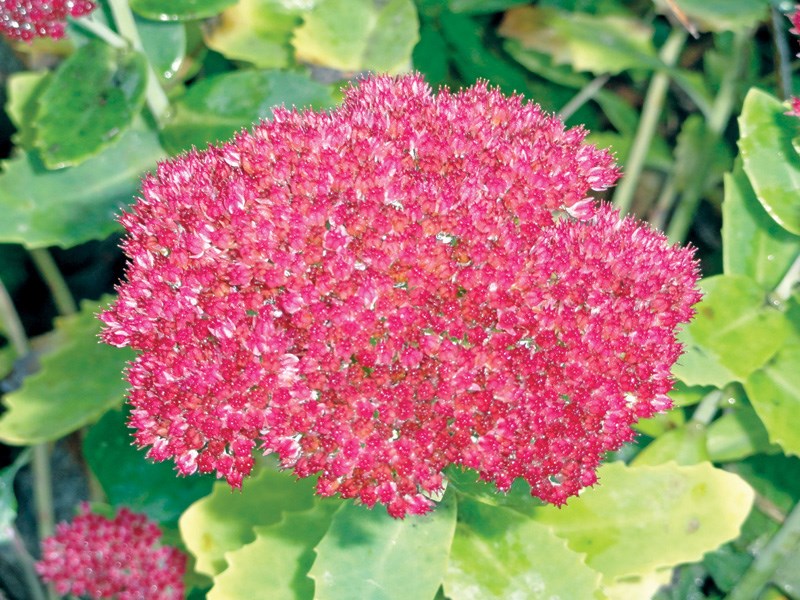I was recently asked to speak to a group about hardy perennials.
The traditional meaning of “hardy perennial” when I first became involved in commercial horticulture was that the plant would survive outside unprotected in most winters in the zone it was rated hardy for. In today’s changing climate, hardy has a whole new meaning.
In thinking about what hardy means now, I ask myself several questions: will the plant survive summer droughts without irrigation; will it survive periods of extreme rainfall when it would normally be much dryer; how it will be affected by heavy snowfall; and finally, is it hardy through the winter in our zone? These are also good questions to ask yourself when choosing trees and shrubs as well.
This year, as in most years with dumps of wet snow, evergreen magnolias, Magnolia grandiflora were severely damaged when the heavy snow snapped off branches.
These trees sometimes do not survive extreme winter temperatures either; two strikes against choosing this tree right off the bat. Great trees if you live in Louisiana!
Even so, they are very popular in the Lower Mainland, their lush evergreen shiny foliage and large scented flowers are indeed very attractive.
Personally, I feel there are lots of better options.
I like to think of habitat for birds when choosing trees, there are other evergreen alternatives that as well as being hardy will also offer shelter and nesting space for birds.
Omorika spruce and camellias are two examples, both well suited to small city lots.
Perennials also fall prey to drought intolerance. Astilbe is a good example.
As recently as 10 years ago I often used this beautiful plant in my designs, now however I will only use it in a wet spot or where there is irrigation. I have been disappointed too many times by dried up brown leaves and few flowers in a dry year.
Liatris spicata is a beautiful North American native perennial that is very drought tolerant and is a great plant for pollinators as well.
Another good perennial that has such a long season of interest and rarely succumbs to any weather problem is sedum.
The large flowering variety, Hylotelephium spectabile (recently renamed from Sedum spectabile) offers early season interest when its foliage starts to grow (late winter) and continues to gain interest all through the growing season until it starts to flower in late summer, and maintains a good show until late fall in most cases and often right through the winter.
I see lots of these even now in February still showing beautiful form in gardens and are nice places for birds to perch.
So, “hardy” is more than just a number, do some research before purchasing new additions for your garden to be assured of long term success.
Heather Schamehorn is a certified residential landscape designer, educator, sustainability advocate and acupressure therapist. Contact via perennialpleasures.ca



